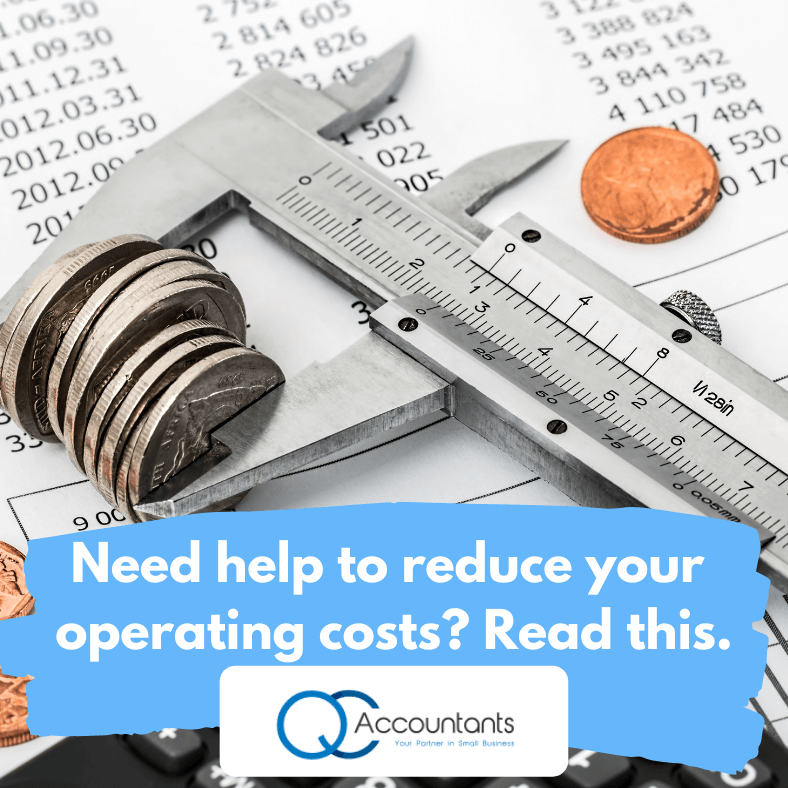Fringe Benefit Tax explained

In a recent article, we explained how to make your Christmas party Fringe Benefit Tax (FBT)-friendly and avoid some unwelcome surprises. Employers may be confused, or unaware of the scope of FBT, how and when to pay it, and how to reduce it. Knowing the basics of FBT and how you can avoid and reduce […]
How to get a good start in the new year

When it comes to preparing your business to hit the ground running in the new year, the best thing you can do is speak to your accountant. They know the ins and outs of how to properly prepare your business for the new year, whether you close for the holiday period, or if this is […]
Trading Crypto As A Company

Cryptocurrencies have been around since 2009 and represent a decentralised form of digital currency. They are not backed by any government, but instead rely on cryptography to process transactions securely. The idea is that they provide a way for people to trade money as quickly as sending an email, with no need for banks or […]
Protecting Yourself from Online Fraud

It’s nearly impossible to fully protect yourself against fraud, but there are some things that you can do to significantly reduce your risk. Taking precautions such as avoiding unsecure websites, being suspicious of emails from unknown sources, not providing personal or financial information when not necessary, and installing antivirus software that will regularly scan web […]
Cyber Security Awareness & Risk Reduction

Two out of every five small businesses have experienced a cyber attack. That is a staggering statistic. So what are you going to do about it? Now is the time to make cyber security and risk reduction a top priority. It is time to review processes and platforms, and determine what scams or cyber attacks […]
Understand & Reduce Your Operating Costs

One of the biggest financial challenges faced by small businesses is operating expenses. According to Semrush, 66% of small businesses face financial challenges, with 43% claiming the most prominent challenge is paying operating expenses. Operating expenses cover labour costs, employee benefits, insurances, necessary tools etc. With 2020 proving to be too much for some small […]
Cash v Accrual Accounting Methods

Cash vs. Accruals – knowing your options. Business owners with an annual turnover of under $2 million per year, have a choice whether to report their GST using a ‘cash’ or ‘accrual’ method. This can result in substantial differences in respect to Quarterly GST and annual Income Tax refunds / payments. What Is the Difference between […]







